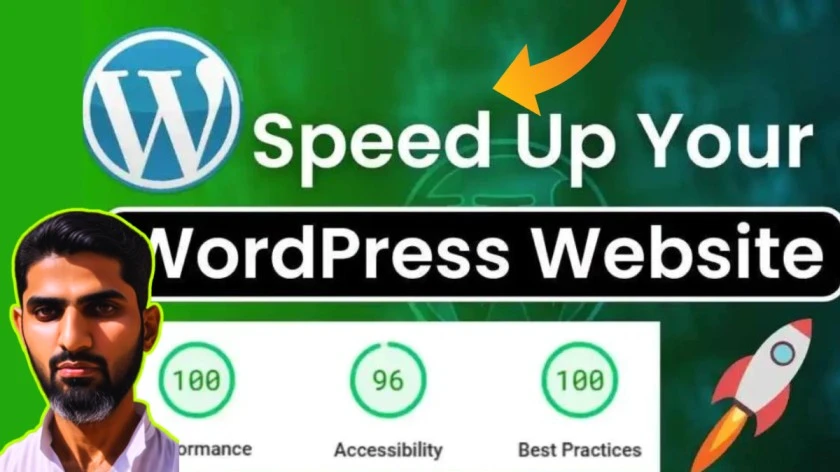If you use Facebook ads to increase your Google AdSense income, then in this article I have properly explained whether it will get your account banned or not. Often, when we use Facebook ads to boost our Google AdSense income, our account sometimes faces an ad limit. I have explained the reasons for this in detail in this article.
You may have heard about using Facebook ads to increase your blog’s revenue, but did you know that it’s possible to get your Google AdSense account banned? Or is there a risk of traffic limits? In today’s article, we’ll discuss these challenges and their solutions.
In today’s world, where digital marketing opens up many opportunities for making money, many bloggers and website owners are eager to find different ways to boost their traffic and earnings. One popular approach is using Facebook Ads to send visitors to blogs that feature Google AdSense ads.
However, the connection between Facebook traffic and Google AdSense can be tricky, often raising concerns about safety and compliance. This article takes a closer look at the ins and outs of using Facebook Ads for Google AdSense, exploring potential risks like account bans, and traffic caps, and how it impacts revenue generation.
Understanding Google AdSense
Before we get into the details of traffic strategies, it’s important to know how Google AdSense works. Essentially, AdSense links advertisers with website publishers. Advertisers pay Google to show their ads across different platforms, and then Google places those ads on websites that are part of the program.
When visitors click on these ads, the website owners earn a portion of the revenue, which is usually about 60%. This system benefits high-quality traffic that shows real interest in the ads being displayed.
The Appeal of Facebook Ads
Facebook Ads offer a powerful way to target specific groups of people, making it a great choice for bloggers who want to boost their website traffic. By crafting engaging ads, users can attract a considerable amount of visitors to their blog. That said, how well this strategy works depends on several factors, including the quality of the traffic it brings in.

Key Points to Consider
Google values traffic that’s not just numerous, but also genuinely engaged and interested in what a site has to offer. On the other hand, Facebook Ads might bring in users who click out of curiosity, but that doesn’t always mean they’ll convert or interact with the site.
When it comes to where traffic comes from, Google focuses on its source and authenticity. If AdSense finds that most of the traffic is coming from paid methods—like Facebook Ads—without real engagement, it could result in penalties or limits on your account.
The Risks of Using Facebook for Traffic
Using Facebook Ads to attract visitors to a blog can be very effective, but it also has its risks. Here are some important concerns to keep in mind:
1. AdSense Account Bans
Running Facebook Ads can result in your account getting suspended if Google finds that the traffic isn’t up to par. Google keeps a close eye on click patterns and how users engage with ads. If they spot suspicious traffic or an unusual number of invalid clicks, your AdSense account could be restricted or even shut down entirely.
2. Traffic Quality Metrics
Google looks at the Click-Through Rate (CTR) and how engaged visitors are with your website. If they notice a high CTR from questionable traffic sources, it can raise some red flags. Typically, if more than 15% of ad clicks come from paid sources but don’t lead to purchases or meaningful interactions, Google might decide that the traffic isn’t sustainable.
3. Invalid Click Concerns
If you’re driving traffic by incentivizing users to click (like paying them for their clicks), you’re directly violating Google’s policies. Engaging in these practices could lead to your immediate removal from the AdSense program.
Best Practices for Using Facebook Ads
To make the most of Facebook Ads for driving traffic to your Google AdSense blog, it’s important to follow a few key best practices:
- 1. Target Real Audiences: Design ads that resonate with the specific demographic of your content. Understand who your audience is and tailor your messages to connect with them, which can lead to more genuine engagements instead of just superficial clicks.
- 2. Keep an Eye on Engagement Levels: Stay on top of how visitors are interacting with your site. Use analytics tools to find out which traffic sources are bringing in the most engaged visitors to your content.
- 3. Diversify Your Traffic Sources: Relying only on Facebook traffic isn’t a long-term strategy. Consider adding organic approaches like SEO, content marketing, and social media outreach to support your advertising initiatives.
Conclusion: Is It Worth the Risk?
Using Facebook to boost traffic to your Google AdSense blog can be beneficial, but it’s important for bloggers to be careful. Google’s strict monitoring can make using paid traffic sources tricky since the quality of your visitors matters when it comes to making money. If you can merge Facebook Ads with other strategies that focus on genuine engagement, you could see some nice returns.
To sum it up, it’s essential to understand how both platforms work and the potential challenges that come with them. Always focus on getting quality traffic instead of just chasing numbers if you want to achieve lasting success with Google AdSense.
Take the time to think through your traffic generation strategy and keep yourself informed about the latest best practices and any policy updates from Google and Facebook.
If you found this article useful, don’t hesitate to like, share, or subscribe for more tips! We’d love to hear your thoughts in the comments—share your experiences with Facebook Ads, and your insights might help someone else figure out the ins and outs of this complex space.
However, the connection between Facebook traffic and Google AdSense can be tricky, often raising concerns about safety and compliance. This article looks at the ins and outs of using Facebook Ads for Google AdSense, exploring potential risks like account bans, and traffic caps, and how they all impact revenue generation.

I specialize in blogging, SEO, WordPress, and more, with two years of experience. Everything on this site about blogging, SEO, and earning online is based on my personal journey. I’ve published many tools here, and more are coming soon. My goal is to share my knowledge so you can also start earning through blogging and SEO.


